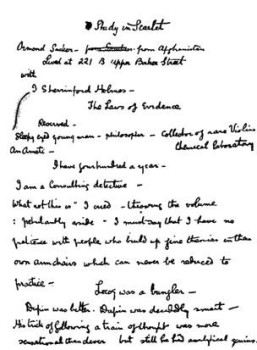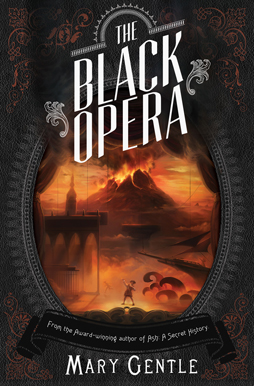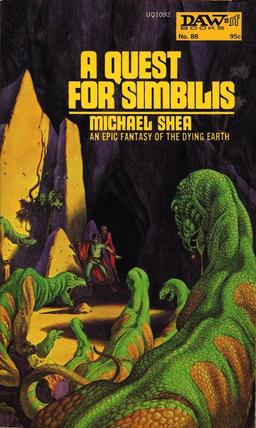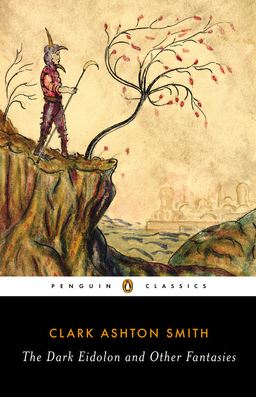The Public Life of Sherlock Holmes: Holmes – Creation to Death and Back
 In 1882, Arthur Conan Doyle (not yet “Sir”) opened up his own shop as a doctor in Southsea (England). Business was slow and his most notable triumph was marrying the sister of a patient who died of meningitis.
In 1882, Arthur Conan Doyle (not yet “Sir”) opened up his own shop as a doctor in Southsea (England). Business was slow and his most notable triumph was marrying the sister of a patient who died of meningitis.
With some spare time on his hands, Doyle wrote fiction. Somewhere around 1886, he came to the conclusion that he could write detective stories better than the ones he was reading. He would create, “a scientific detective, who solved cases on his own merits and not through the folly of the criminal.”
Putting the pen to the paper, he completed A Study in Scarlet (working title, The Tangled Skein) that year. Originally starring Sherrinford Holmes and Ormond Sacker, the names had settled into the now familiar Sherlock Holmes and John Watson.
Doyle’s stories of Holmes owe a debt to Edgar Allen Poe that has been discussed by far better minds than mine. The now mostly forgotten Emile Gaboriau was also acknowledged by Doyle as an influence.
Mystery maven and Doyle biographer John Dickinson Carr stated that Holmes was clearly based on Doyle himself, which seems overly flattering.

 A little while ago, I stumbled on a book that seemed especially worth writing about here: The City, by Stella Gemmell. It’s Gemmell’s first solo novel; she also completed Troy: Fall of Kings, the last book by her late husband, David. David Gemmell was a widely-known heroic fantasy writer — those unfamiliar with his work can see
A little while ago, I stumbled on a book that seemed especially worth writing about here: The City, by Stella Gemmell. It’s Gemmell’s first solo novel; she also completed Troy: Fall of Kings, the last book by her late husband, David. David Gemmell was a widely-known heroic fantasy writer — those unfamiliar with his work can see 

 Two years ago, veteran author Mary Gentle’s most recent novel The Black Opera was published to mixed reviews. Some liked the book’s mix of alternate-history fantasy and comic-opera theatricality — as the sub-title has it, “a novel of Opera, Volcanoes, and the Mind of God.” Others,
Two years ago, veteran author Mary Gentle’s most recent novel The Black Opera was published to mixed reviews. Some liked the book’s mix of alternate-history fantasy and comic-opera theatricality — as the sub-title has it, “a novel of Opera, Volcanoes, and the Mind of God.” Others, 


